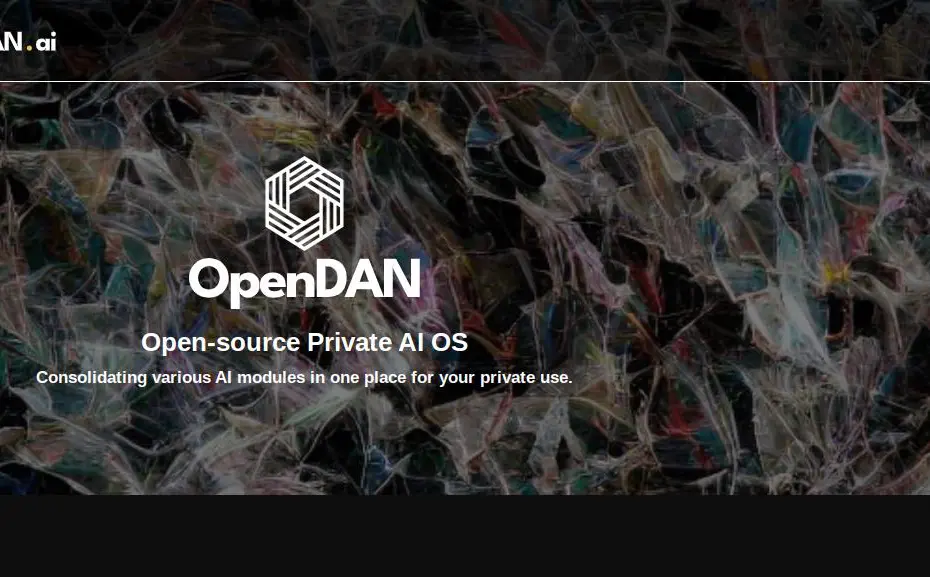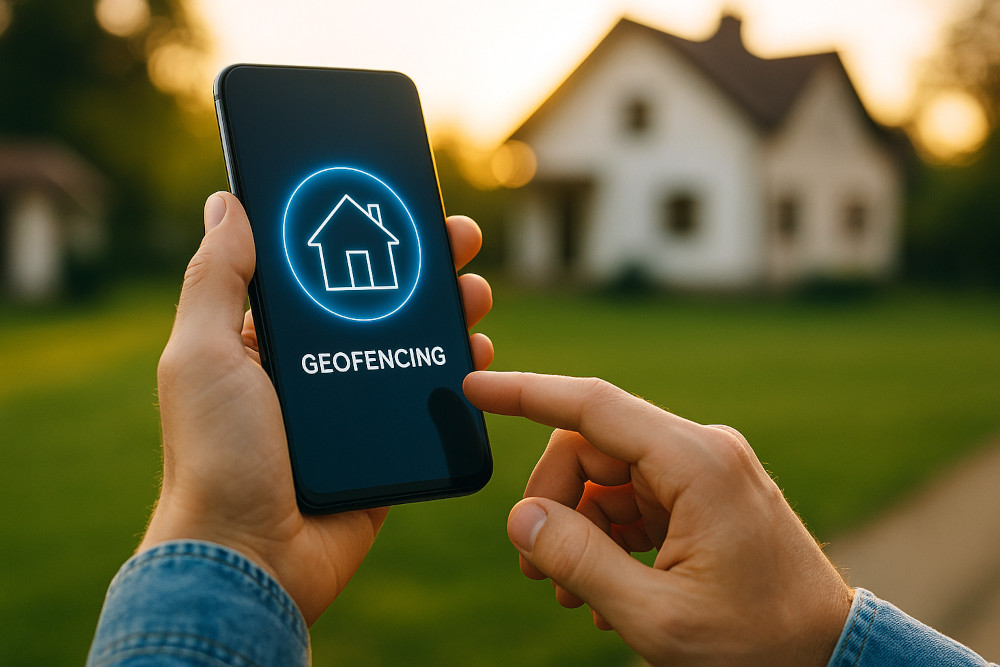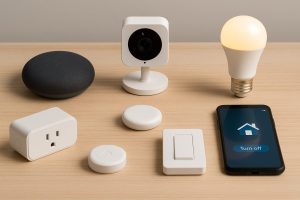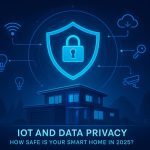Imagine pulling into your driveway after a long day—your porch lights switch on, the thermostat adjusts to the perfect temperature, and your door unlocks automatically. This isn’t science fiction—it’s geofencing, one of the most powerful yet underused tools in smart home automation.
What Is Geofencing?
Geofencing creates a virtual boundary around a physical location—such as your home—using GPS, Wi-Fi, or cellular data. When a device (like your smartphone) enters or leaves this boundary, it triggers predefined actions in your smart home system.
Think of it as an invisible butler who knows when you’re coming and going.
How Geofencing in Smart Homes Works
- Define a Location – Set a specific radius around your home (commonly 100–500 meters).
- Assign Devices – Usually your smartphone, but sometimes wearables or connected cars.
- Link to Automations – Connect triggers to smart devices such as lights, locks, thermostats, or security cameras.
Popular Use Cases for Geofencing
- Lighting Automation – Lights turn on when you arrive, off when you leave.
- Climate Control – HVAC adjusts to save energy when you’re away.
- Security Systems – Arming/disarming alarms automatically.
- Garage Doors – Opens as you approach, closes when you leave.
- Appliance Control – Smart plugs switch off unnecessary devices when you’re gone.
Benefits of Geofencing
- ✅ Hands-Free Convenience – No more fumbling for apps or switches.
- ✅ Improved Security – Your home reacts instantly to your absence.
- ✅ Energy Efficiency – Reduces power use when you’re not around.
- ✅ Personalization – Different family members can have custom settings.
Limitations to Keep in Mind
- 📱 Battery Usage – GPS-based geofencing can drain mobile batteries.
- 📍 Accuracy Issues – Tall buildings or poor GPS signals can cause false triggers.
- 🔐 Privacy Concerns – Location tracking may raise data security questions.
How to Set It Up
- Amazon Alexa – Use the Alexa app’s location-based routines.
- Google Home – Works via Google Assistant routines linked to your phone’s location.
- Apple HomeKit – Relies on iPhone or Apple Watch location data.
- SmartThings, Hubitat, Home Assistant – Offer advanced customization for tech-savvy users.
Pro Tip: Combine geofencing with time-based conditions for maximum efficiency (e.g., don’t turn on porch lights in broad daylight).
Final Thoughts
Geofencing is a smart home feature that blends technology with intuition—your home simply knows when you’re there and when you’re not. By using it strategically, you can enjoy greater convenience, save energy, and enhance security without lifting a finger.
If you’ve invested in smart devices but haven’t explored geofencing yet, now’s the time to give it a try.

OpenDAN: Your Personal Open-Source AI Operating System
- Designing a Smarter Home in 2026: What People Get Wrong About Automation
 Smart homes were once science fiction, but today they’re a reality in millions of households. With voice assistants, smart plugs, and automated lighting systems, it’s easy to assume home automation is simply a matter of plugging in a few devices. Yet, many homeowners quickly discover that “smart” doesn’t always mean simple. In this article, we’ll…
Smart homes were once science fiction, but today they’re a reality in millions of households. With voice assistants, smart plugs, and automated lighting systems, it’s easy to assume home automation is simply a matter of plugging in a few devices. Yet, many homeowners quickly discover that “smart” doesn’t always mean simple. In this article, we’ll… - Automated Online Trading: How IoT is Redefining Financial Markets
 Introduction automated online trading In a world where milliseconds can decide millions, the fusion of Internet of Things (IoT) technology and automated online trading is reshaping global finance. What once relied solely on human judgment now increasingly depends on connected machines, real-time data, and predictive algorithms. From weather sensors influencing agricultural trades to smart logistics…
Introduction automated online trading In a world where milliseconds can decide millions, the fusion of Internet of Things (IoT) technology and automated online trading is reshaping global finance. What once relied solely on human judgment now increasingly depends on connected machines, real-time data, and predictive algorithms. From weather sensors influencing agricultural trades to smart logistics… - The Role of Linux in IoT: Powering the Connected World
 The Internet of Things (IoT) is everywhere—from smart homes and wearable devices to industrial automation and self-driving cars. Behind the scenes, one operating system plays a surprisingly dominant role: Linux. Known for its stability, flexibility, and open-source nature, Linux has become the backbone of countless IoT devices and platforms. But what makes Linux so well-suited…
The Internet of Things (IoT) is everywhere—from smart homes and wearable devices to industrial automation and self-driving cars. Behind the scenes, one operating system plays a surprisingly dominant role: Linux. Known for its stability, flexibility, and open-source nature, Linux has become the backbone of countless IoT devices and platforms. But what makes Linux so well-suited… - The Smart Home Revolution in 2025: How IoT is Transforming Everyday Living
 In the past decade, the vision of a truly smart home has moved from futuristic fantasy to everyday reality. As we step into 2025, the Internet of Things (IoT) has matured into a robust ecosystem, connecting appliances, security systems, lighting, and even entertainment devices under one seamless digital roof. The result? Homes that are safer,…
In the past decade, the vision of a truly smart home has moved from futuristic fantasy to everyday reality. As we step into 2025, the Internet of Things (IoT) has matured into a robust ecosystem, connecting appliances, security systems, lighting, and even entertainment devices under one seamless digital roof. The result? Homes that are safer,… - IoT and Data Privacy: How Safe Is Your Smart Home in 2025? – IoT Security
 The smart home revolution has made everyday life more convenient than ever. From voice assistants that control the lights to security cameras that send alerts directly to your phone, connected devices have become part of our daily routines. But with this convenience comes an important question: how safe is your personal data in a world…
The smart home revolution has made everyday life more convenient than ever. From voice assistants that control the lights to security cameras that send alerts directly to your phone, connected devices have become part of our daily routines. But with this convenience comes an important question: how safe is your personal data in a world…







